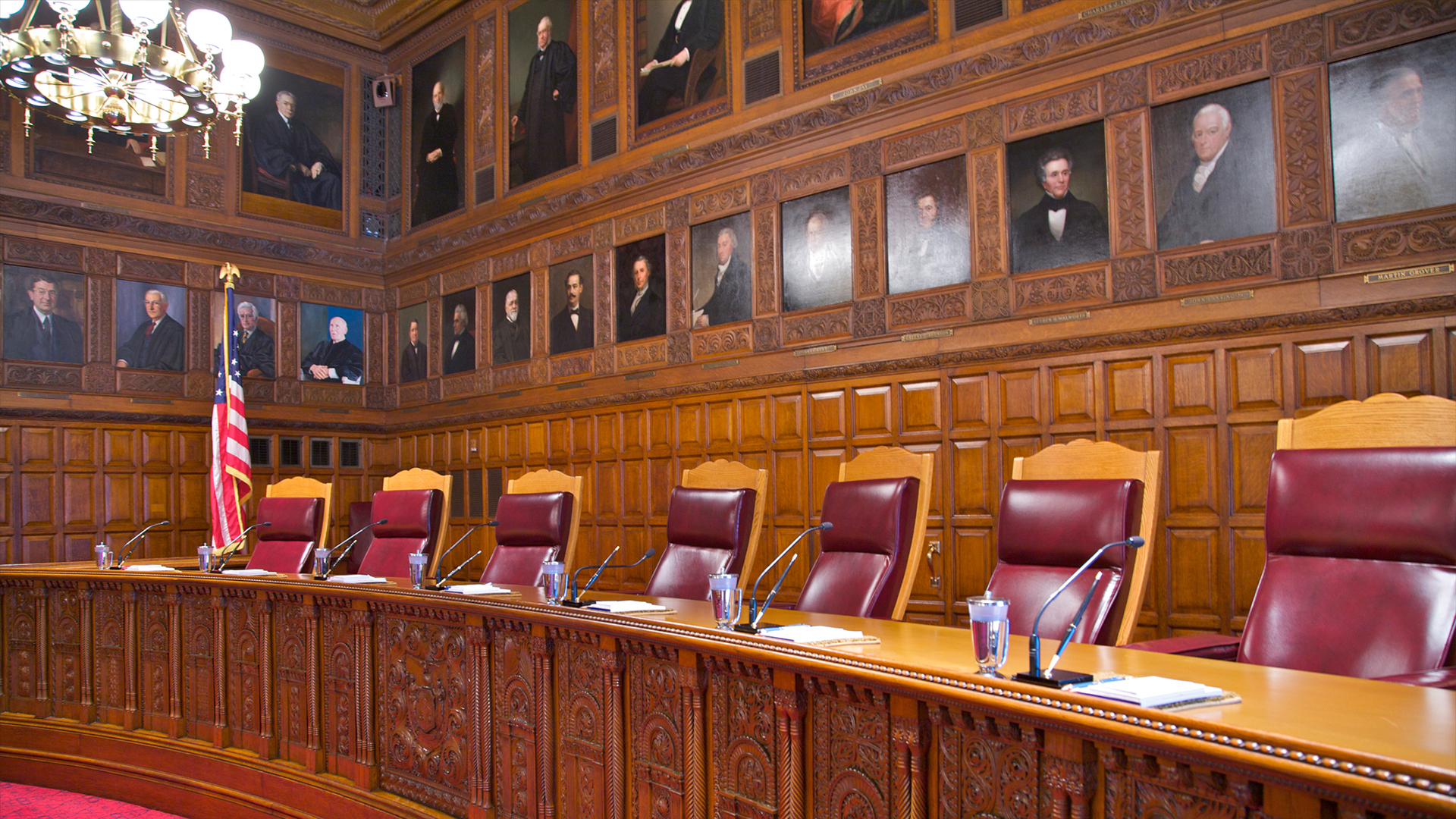The Supreme Court voted last Monday to allow Alabama to redraw its district lines in a way that will reduce the power of Black voters to elect representatives in the state, at least for this year. After the Republican-controlled government announced its redistricting plans, the redrawn state district map prompted groups, such as the American Civil Liberties Union and the NAACP Legal Defense and Education Fund to sue, arguing that the new map constituted illegal racial gerrymandering. A federal court agreed with the reasoning behind the suit and paused the redistricting process, but the Supreme Court, in a 5-4 vote, reversed the ruling of the lower court. Alabama’s Republican-controlled government can therefore go ahead with its plans to redraw the state’s district lines.
NAACP LDF remains confident it will eventually win the case.
Blavity spoke exclusively with Kathryn Sadasivan of the NAACP LDF, one of the organizations representing the plaintiffs in the case, about the Court’s decision and the path forward. Sadasivan noted to Blavity that the Supreme Court’s decision was not the final word of the case; essentially, the Court allowed the new map to stand for now but agreed to hear the merits of the case at a later date. “We feel confident that we will prove our case,” she said, citing the previous victory in the lower court.
Even if the challengers eventually win their case against the Republican redistricting plan, the Supreme Court’s decision basically guarantees that the new map will be used for the upcoming November elections. As The New York Times reports, Justice Brett Kavanaugh explained the Court’s ruling by arguing that it was too close to the upcoming 2022 election to change Alabama’s electoral map again. “There’s no election that is pending,” Sadasivan said, rejecting the court’s argument that it did not want to disrupt the redistricting process so close to an election. “The nearest election is nine months away.” By ruling this way in the Alabama case, Sadasivan says, the Supreme Court departed from its principles, ignoring past instances in which it had ruled in similar cases equally close to an election. By declaring the Alabama case too close to Election Day, she argued that the court had also signaled that it would reject other redistricting challenges between now and the November elections.
The Supreme Court decision will limit the power of the Black vote in 2022.
The new district map for Alabama expands the state’s 7th District, the only district with a majority Black population, to include other heavily Black areas. Thus, Black representation is concentrated in one of the seven districts even though 27 percent of the state’s population is Black. Currently, Congresswoman Terri Sewell, representing the 7th District, is the state’s only Black congressional delegate. Sewell is also the only Democrat representing Alabama in Congress, even though 36% of the state’s voters voted for Joe Biden in the 2020 election. The new map makes it very likely that Black voters and Democrats will continue to be underrepresented in the state’s congressional elections.
Similar policies have historically been used to limit Black voting power, and racial gerrymandering is one of the tactics that is supposed to be outlawed by the Voting Rights Act of 1965. As Blavity previously reported, in 2013, the Supreme Court severely weakened the Voting Rights Act by essentially eliminating the principle of preclearance. Under the preclearance principle, states like Alabama that had a history of suppressing Black voters had to get prior approval before making changes to their voting laws. Chief Justice John Roberts, who wrote the majority opinion in the 2013 decision, argued that circumstances have changed enough since 1965 to make the preclearance provision no longer necessary based on its original formula. Without preclearance in place, numerous states began implementing restrictive voting laws, a process that accelerated after the 2020 election.
The latest ruling further demonstrates the need for stronger voter protections.
Notably, Sadasivan pointed out that Chief Justice Roberts disagreed with last week’s decisions, siding with the Supreme Court’s three liberal justices and arguing that the lower court had correctly evaluated the case. While Sadasivan remains confident that her side will eventually win in Alabama, she thinks that passing federal voting rights legislation like the John Lewis Voting Rights Advancement Act is necessary to protect voters, especially given the current Supreme Court’s willingness to move away from past principles. “This layout of the Supreme Court makes it even more clear that we’re not going to organize and ‘movement build’ our way out of this situation,” Sadasivan held. “It really requires federal legislation.”
With many states redrawing their district lines this year, similar cases to Alabama will likely arise between now and Election Day. These redrawn maps, combined with voter suppression laws in a number of states, threaten to make voting more difficult and less effective for millions of Black Americans. These challenges, in turn, all but guarantee continued efforts by activists and civil rights organizations to use both the courts and Congress to fight attacks against the Black vote.
